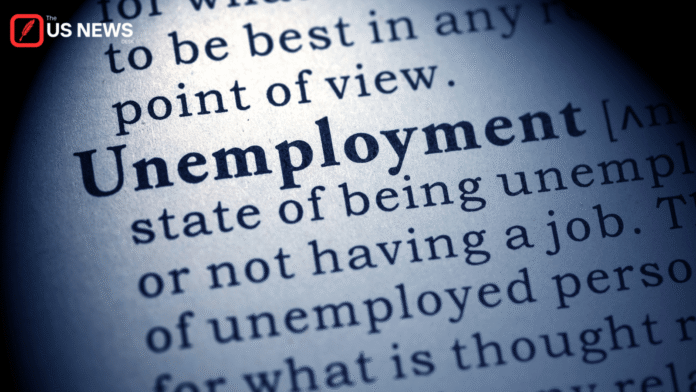A Generation at a Crossroads
Youth unemployment in the United States has surged to 10.5% for ages 16-24, the highest level since the pandemic-era disruptions. Behind the numbers lie young Americans grappling with limited opportunities, rising costs, and a job market reshaped by tariffs, inflation, and restrictive interest rates.
Regional Disparities in Youth Employment
The spike in unemployment is uneven across the country:
- Midwest: Young workers in manufacturing-dependent states like Michigan and Ohio are facing layoffs as tariffs drive up steel and auto-part costs.
- West Coast: California and Washington report higher youth unemployment in retail and service jobs, where automation and inflation-driven price hikes have slowed hiring.
- South: States like Texas and Florida show slightly lower rates, buoyed by service-sector growth, though wages remain stagnant.
- Northeast: Urban hubs like New York and Boston show rising youth unemployment in hospitality and entry-level corporate jobs, linked to corporate cost-cutting.
Dr. Michael Harrington, a labor economist at NYU, explains: “Youth are always the first to feel the effects of economic contractions. Employers cut entry-level jobs before senior roles, making recovery slower for younger demographics.”
Voices from the Ground
- Emma Rodriguez, 19, Chicago: “I applied to over 20 retail jobs this summer. Every manager said they’re cutting hours, not hiring. It’s discouraging — I’m trying to save for college, but I can’t get a foothold.”
- Jamal Greene, 22, Atlanta: “I worked in construction last year, but tariffs have raised material costs. My boss let three of us go. Now I’m stuck doing gig work just to cover rent.”
- Lily Chen, 24, San Francisco: “Even tech internships are harder to get. Companies want people with more experience, but how do we gain that if no one’s willing to hire us?”
These stories underscore the broader reality: the 10.5% figure is not just a statistic — it represents thousands of young lives stalled at the starting line.
The Role of Economic Policy
Two key national policies are shaping youth unemployment trends:
- Tariffs: Rising import costs have slowed growth in manufacturing and retail — industries that traditionally employ younger workers.
- High Interest Rates: The Federal Reserve’s efforts to curb inflation by keeping rates elevated have discouraged small business expansions, reducing hiring capacity for entry-level jobs.
Economist Rachel Owens of the Brookings Institution notes: “Young workers are trapped in a cycle — they face higher education costs, weaker job prospects, and limited wage growth. Policy choices on trade and interest rates ripple directly into their lives.”
Education and the Skills Gap
A growing concern is the mismatch between youth skills and market demand:
- Employers in tech, healthcare, and advanced manufacturing report shortages of skilled workers.
- Yet young applicants are often funneled into service or gig economy roles with little stability.
- Community colleges and workforce training programs remain underfunded, limiting pathways to high-demand industries.
National surveys show that nearly 62% of unemployed youth say lack of experience or skills required by employers is their biggest barrier to securing jobs.
Broader Implications for the U.S. Economy
Youth unemployment at 10.5% poses long-term risks:
- Delayed financial independence: Young people postpone milestones like home ownership and family planning.
- Lower lifetime earnings: Studies show extended unemployment in early adulthood reduces lifetime income by up to 15%.
- Social unrest: Rising joblessness fuels frustration and disengagement among youth, potentially spilling into broader political debates.
Professor Angela Porter of Georgetown University warns: “If we ignore this crisis, we risk losing a generation of productive workers, innovators, and entrepreneurs.”
The Path Forward
To address the youth unemployment crisis, experts recommend:
- Targeted job programs in high-demand sectors like renewable energy, AI, and healthcare.
- Expanded apprenticeship opportunities linking young workers directly to industries.
- Support for small businesses to encourage entry-level hiring by reducing tariff burdens and providing tax credits.
- Education reform focused on skill-building and aligning curricula with future workforce needs.
For young people like Emma, Jamal, and Lily, these solutions can’t come soon enough.
Conclusion — A Defining Moment
The rise of youth unemployment to 10.5% is more than a temporary fluctuation. It is a defining moment for an entire generation navigating a fragile economy. As policymakers debate tariffs, interest rates, and budget cuts, the real test lies in whether America can provide its young people with the opportunities they need to step into the future with confidence.




